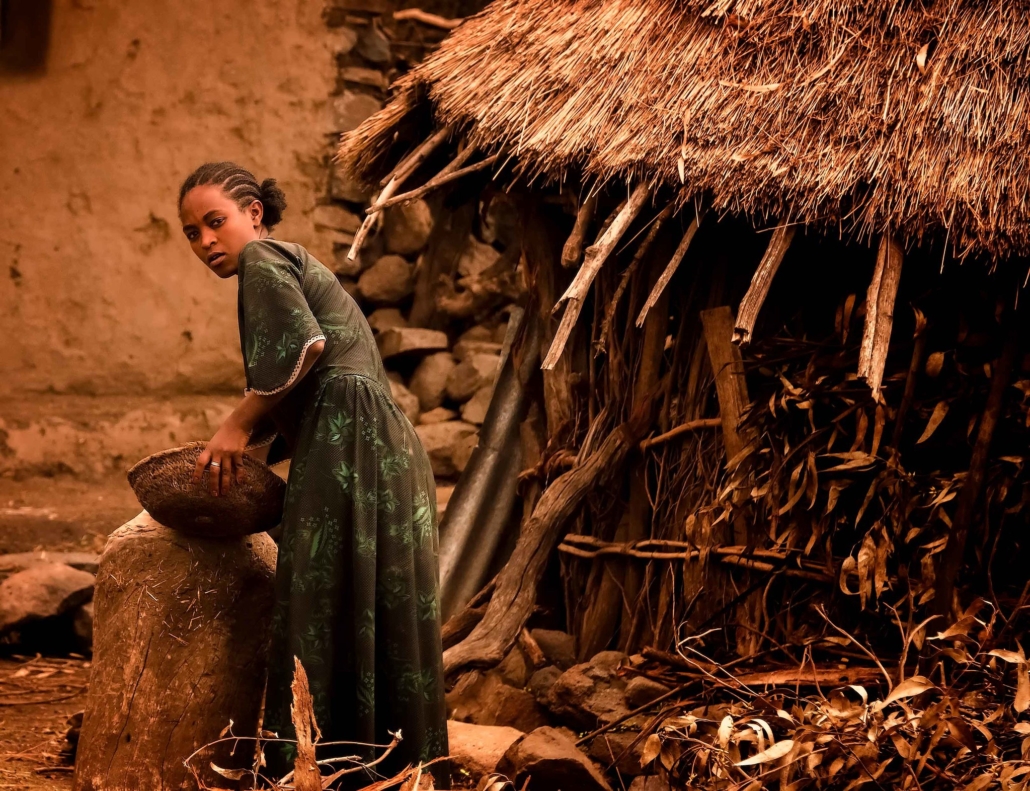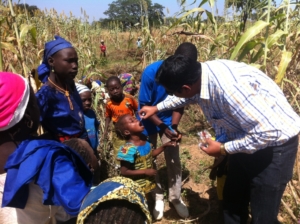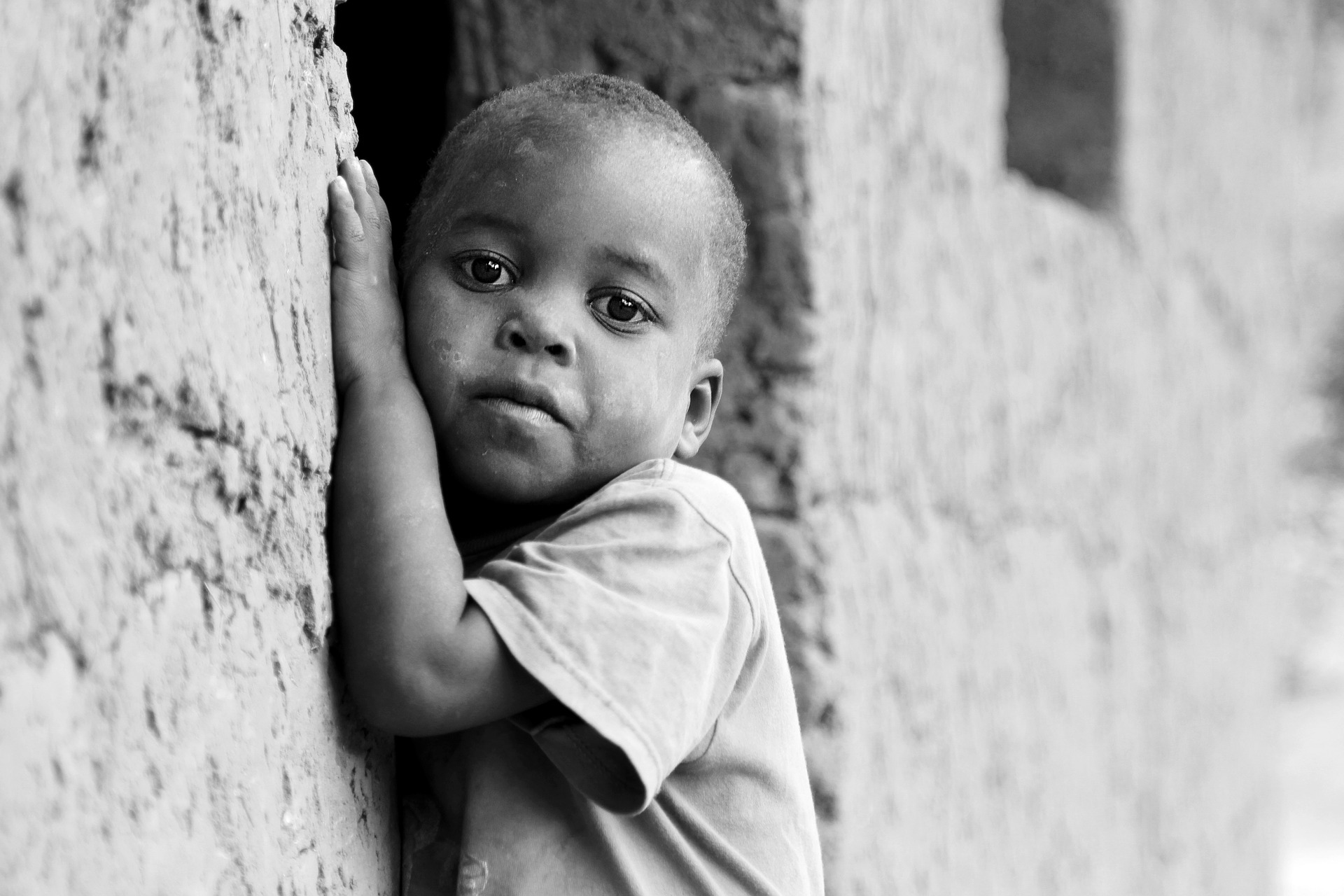 Sub-Saharan Africa is the region in the world that hunger affects the most. In fact, 319 million people experienced undernourishment in 2018. In sub-Saharan Africa, one in four suffers from hunger, and according to the Food and Agriculture Organization of the United Nations (FAO), 28 countries in Africa are dependent on food aid. Sub-Saharan Africa is a hotbed of chronic hunger largely due to its extreme poverty. However, poverty not only causes widespread hunger in Africa, but it also creates poverty. Malnutrition depletes nations of strength and productivity, effectively keeping the entire nation trapped in poverty. Africa will not escape poverty until it escapes hunger.
Sub-Saharan Africa is the region in the world that hunger affects the most. In fact, 319 million people experienced undernourishment in 2018. In sub-Saharan Africa, one in four suffers from hunger, and according to the Food and Agriculture Organization of the United Nations (FAO), 28 countries in Africa are dependent on food aid. Sub-Saharan Africa is a hotbed of chronic hunger largely due to its extreme poverty. However, poverty not only causes widespread hunger in Africa, but it also creates poverty. Malnutrition depletes nations of strength and productivity, effectively keeping the entire nation trapped in poverty. Africa will not escape poverty until it escapes hunger.
Chronic Hunger
Chronic hunger in Africa occurs when the daily energy intake is below what is necessary for a healthy and active life. The word “chronic” implies that it occurs for an extended period of time. While the current state of hunger in Africa may seem bleak, Africa has made progress. Malnutrition has declined by 4% between 2000 and 2014 due to economic growth and smart policies. However, malnutrition still remains a large issue in certain populations.
Hunger in Children
Children are most at risk for hunger in Africa and the hunger crisis particularly impacts them due to the fact that the first 1,000 days of a person’s life are critical in regards to nutrition. When a child does not receive proper food in the first 1,000 days, they can suffer physical and mental developmental delays, disorders, inability to fight disease and high infant mortality rates. Bill Gates noted his experience in African nations where people asked him to guess a child’s age based on their height. Children who Gates thought were 7 or 8 years old were in reality 12 or 13. This is due to the stunting that 28 million children in Africa experience. Malnutrition leads to stunting that not only impacts children’s height but also brain development. Stunted children are more likely to fall behind in school, miss critical reading and math milestones and go on to live a life in poverty.
Multiple Factors
Hunger in Africa is a complex crisis with many root causes. SOS Children’s Villages outlines some key causes of widespread hunger in Africa.
- The population continues to increase in sub-Saharan Africa and food production cannot keep up.
- Unfair trading structures lead to the European Union (E.U.) and the U.S. subsidizing domestic agriculture, resulting in farmers being unable to compete with cheap food imports.
- The high level of debt that characterizes many African nations, combined with poor governance and corruption, impede economic development. This consequently perpetuates mass poverty and hunger.
- The disease profile of Africa including AIDS and malaria creates an obstacle to individuals digesting their food properly. It also inhibits the productivity of the labor force leading to food scarcity.
- Conflict in Africa breeds economic instability, unproductivity and a growing refugee crisis.
However, the hunger crisis in Africa is not only complex due to its causes, but also because other issues largely interconnect with it and amplify it. For example, climate change creates weather patterns such as droughts that cause food insecurity. Zambia, Zimbabwe and Mozambique are all examples of nations facing successive crop failures and poor harvest due to drought, with Southern Africa experiencing its lowest rainfall since 1981.
A lack of access to clean water and sanitation leads to increased rates of disease that create another obstacle to nutrition. Poor health care infrastructure in Africa amplifies the obstacle of disease to malnutrition. A lack of health care stops children from getting vaccines such as the rotavirus vaccine that would lead to children having fewer bouts of diarrhea. Furthermore, health care can provide individuals with supplements and vitamins to make up for key gaps in their diets, as the nutrition strategy of the Bill and Melinda Gates Foundation shows.
Organizations Working to Aid Africa
The complexity of the hunger crisis makes it incredibly difficult to combat. Fundamentally, Africa needs more research and funding. Bill and Melinda Gates are two people who have done tremendous work in Africa, donating over $600,000 to their Alliance to End Hunger Program. Through his work, Gates recognizes the complexity of hunger and notes that if he had one wish, it would be for the world to better understand malnutrition and how to solve it.
However, the continent is making progress to reduce widespread hunger in Africa. For example, organizations such as the SOS Children’s Villages provide family strengthening programs that give short and long term aid including food, access to medical care, school supplies and support with financial and household management. SOS Children’s Villages also provides emergency relief for the hunger crisis and famine to countries including Somalia, Nigeria, South Sudan, Ethiopia and Malawi. SOS Children’s Villages is currently active in 46 African countries, providing aid to 147 villages that would otherwise be in acute danger of malnutrition or starvation. Programs such as these need to not only continue but also to experience amplification via increased funding and research.
– Lily Jones
Photo: Pixabay
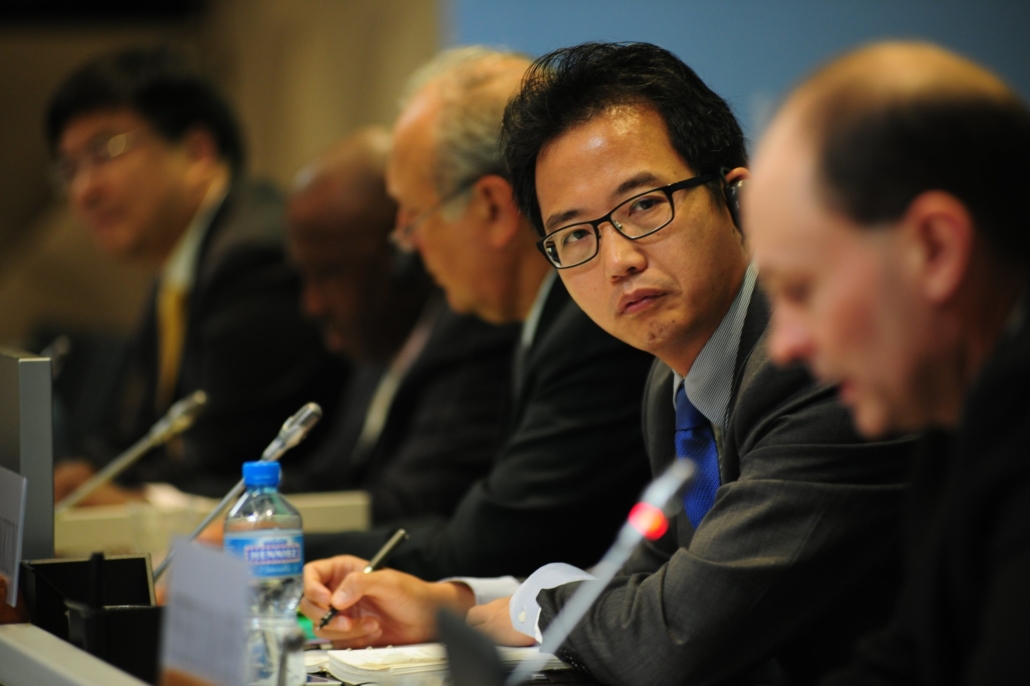
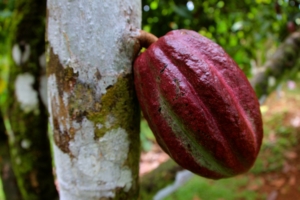
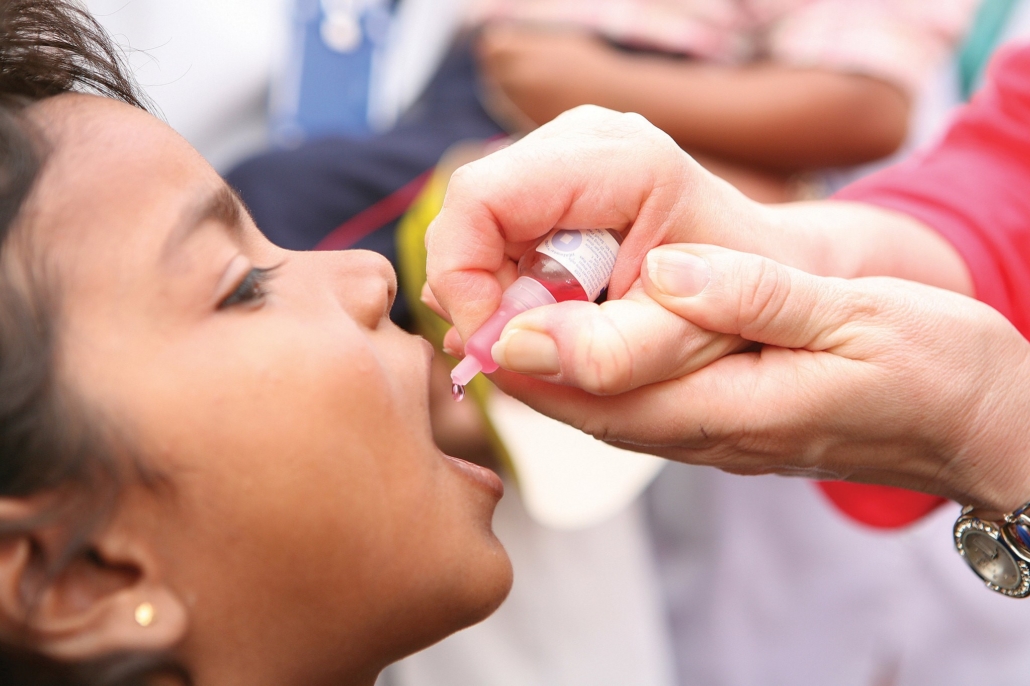
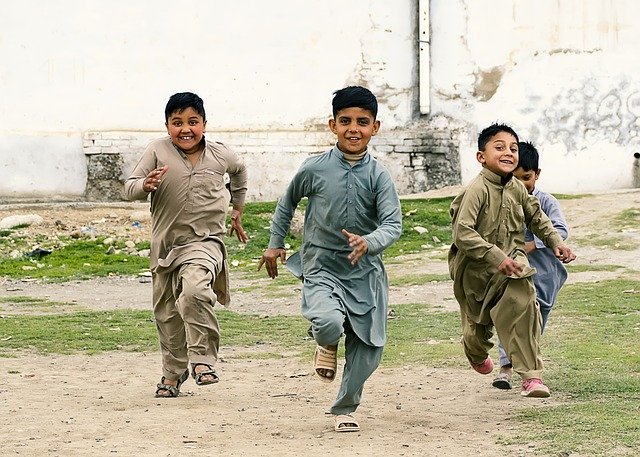
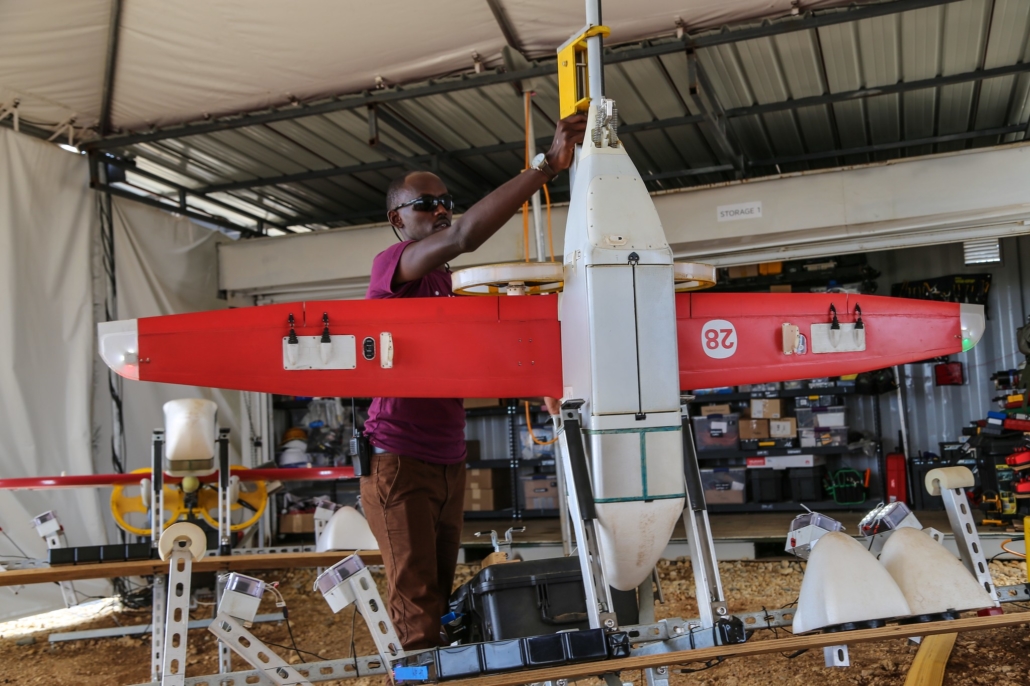
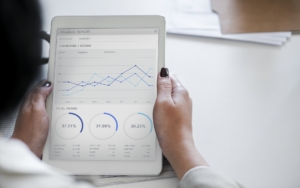 Across the globe, digital finance services are empowering vulnerable communities to make responsible investments, save for the future and gain access to credit. Between 2011 and 2014, seven hundred million people in the developing
Across the globe, digital finance services are empowering vulnerable communities to make responsible investments, save for the future and gain access to credit. Between 2011 and 2014, seven hundred million people in the developing 